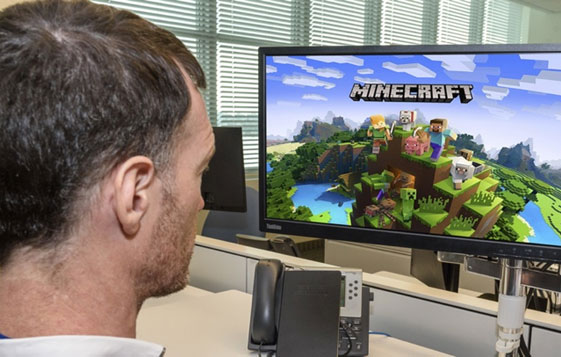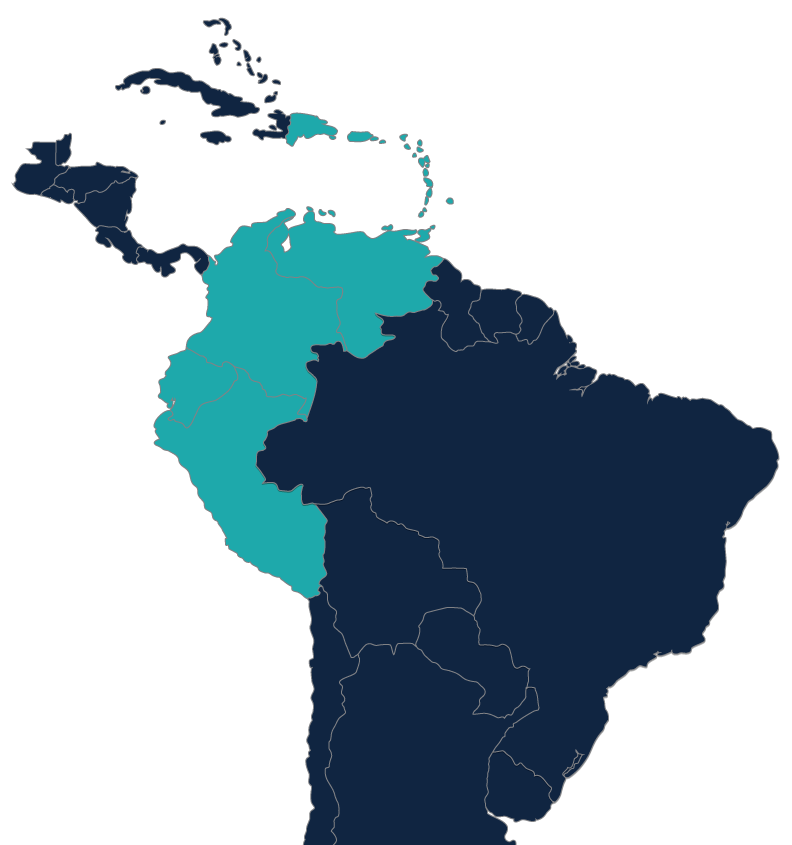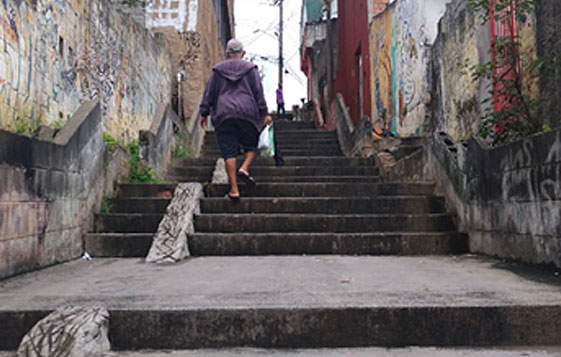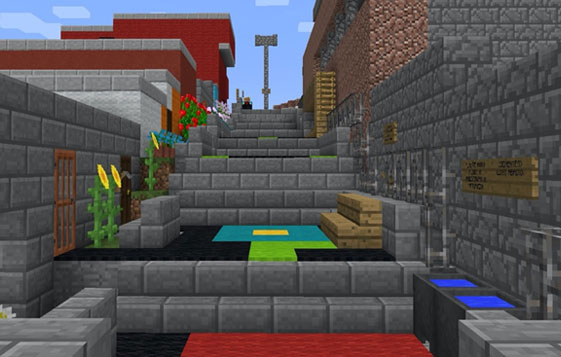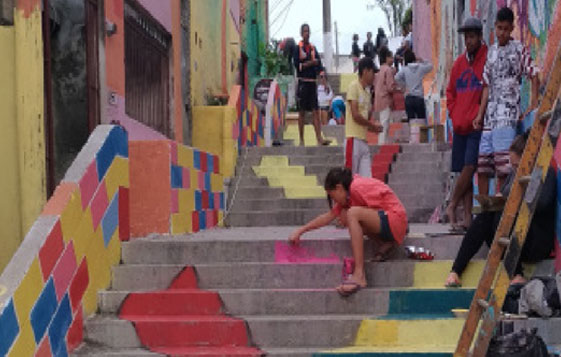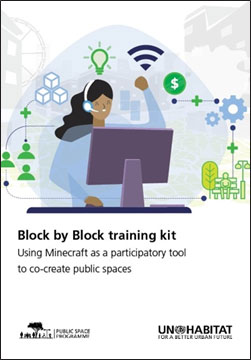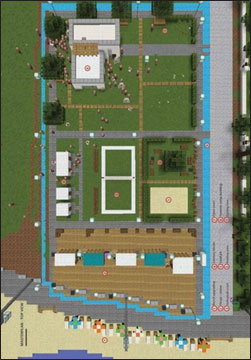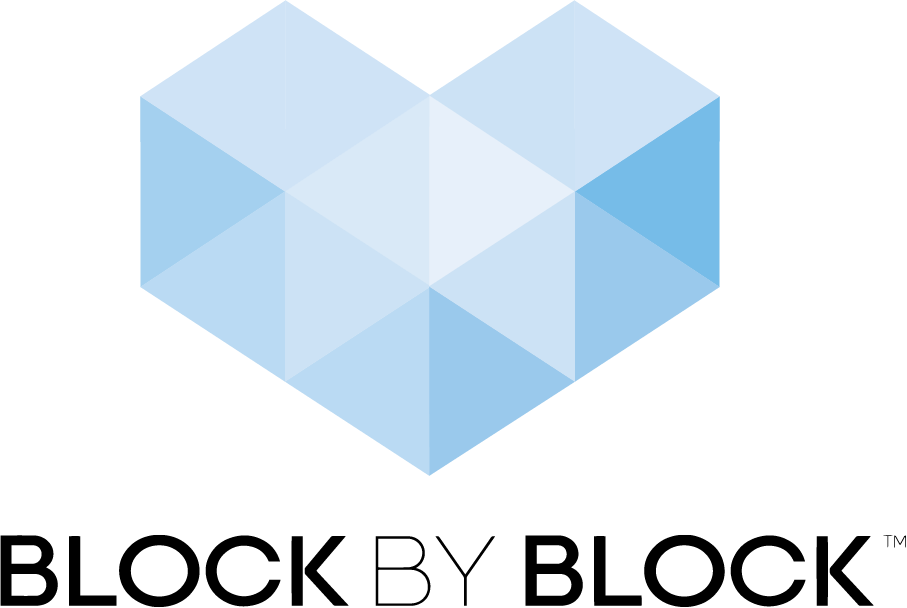
WHAT IS IT?
In the search for and development of innovative approaches to urban design, UN-Habitat and the company behind the popular video game Minecraft have developed Block By Block, a methodology based on the principle of co-creation, which proposes the development of an inclusive and integrated design of public space.
